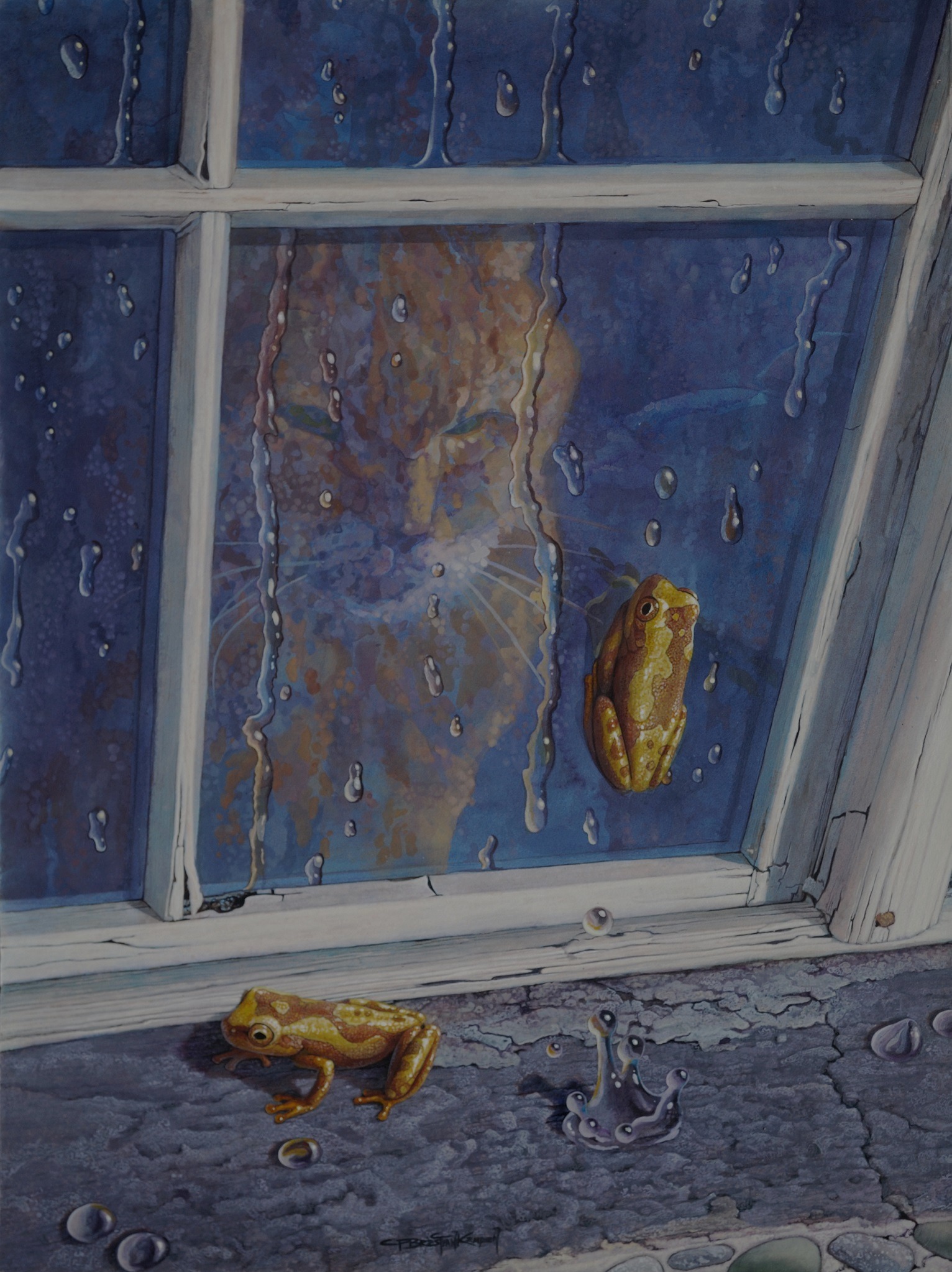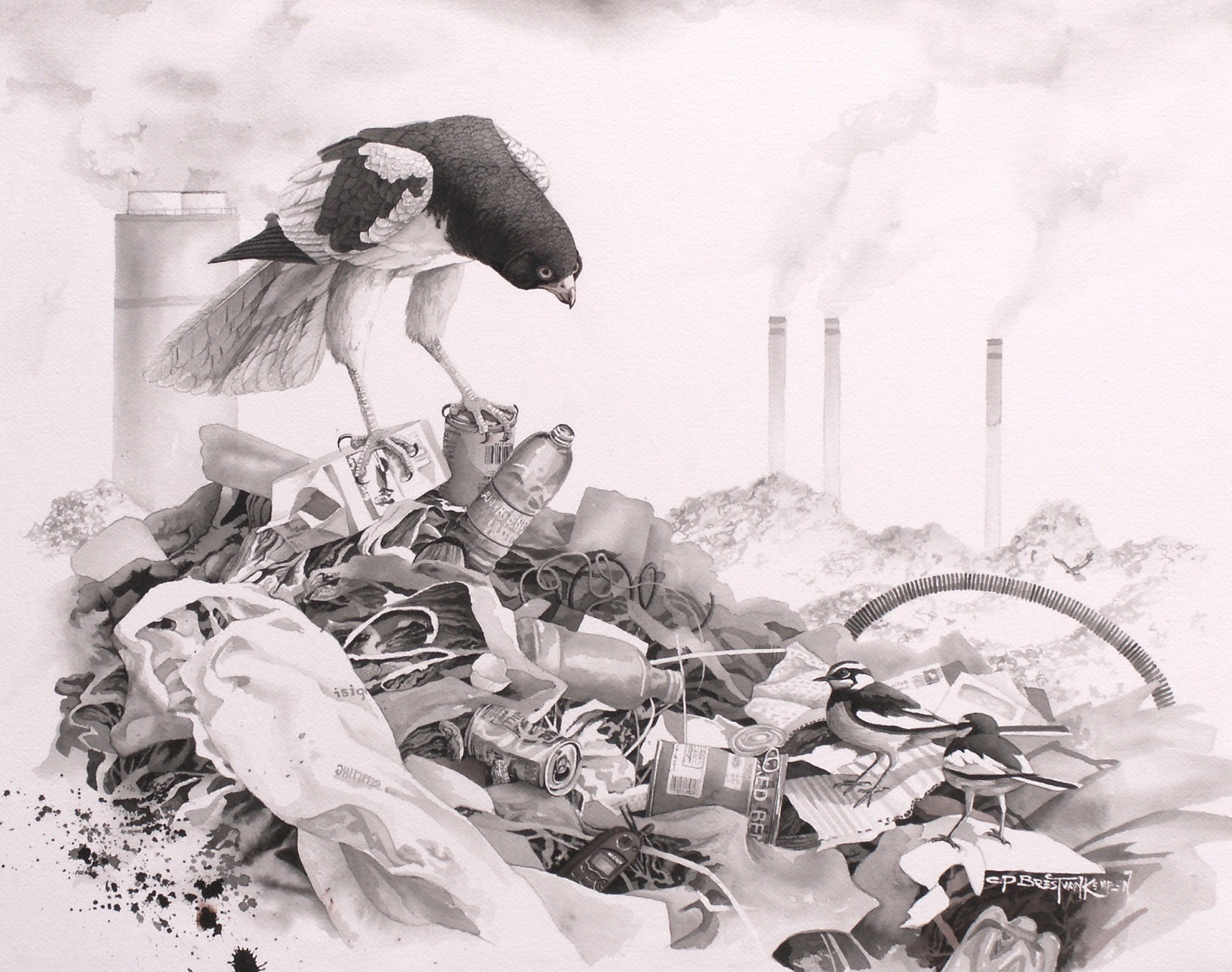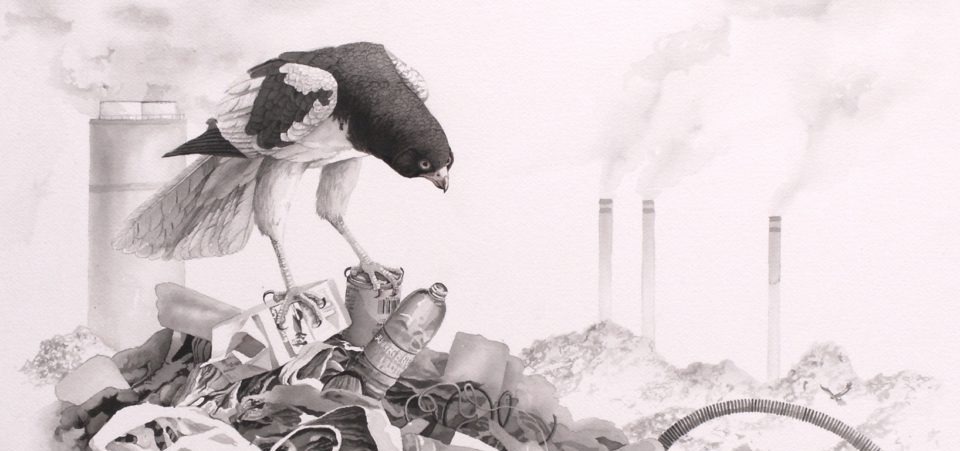We’ve heard a lot lately about regulations, and unless I miss my guess, we can expect to hear a lot more over the next year. With that in mind, it’s probably a good idea to think about what exactly we mean by regulations and their various benefits and liabilities.
Of course, regulations were originally designed to keep our individual pursuits of happiness from conflicting with the happiness of others, and that’s still their purpose. We all know the old saw “My right to swing my fist ends where your nose starts,” and regulations should serve to keep fists and noses separate. As a society’s living standard and population increase, fists and noses come into closer proximity, meaning that regulations need to be periodically revised to keep up. But the narrative we hear most about regulations is that they’re obstacles that keep market forces from doing the beneficial things they do for society. While it’s true that in some instances regulations can do that, they pale in comparison to the real enemy of the ‘invisible hand’ of the marketplace, monopolies. Adam Smith, the father of modern capitalism, understood this very well two centuries ago, and what was his prescription for discouraging monopolies? Why government regulation, of course.

While regulations are necessary and can do very good things, that’s not to say we should cherish them all. The regulations that affect businesses can be sorted into two piles. The first pile we’ll call benevolent regulation. These laws do things like prohibiting a business from dumping waste solvents into the community’s drinking water. Antitrust laws would go into this pile as well. Benevolent regulations protect a society’s common resources like water, air and biodiversity. They defend citizens from powerful interests like governments and corporations. They look out for the interests of future generations against entities that would conspire to steal from them.
The second pile we can call “red tape” regulations. Most of us are familiar with these and have felt the frustration they engender. They’re the sort of hoops a business has to go through that have no readily discernible function. Reasonable people will argue about which pile certain laws belong in, but we can all agree that both piles exist.
It’s easy to understand the function of benevolent regulation, but red tape has an important function as well. It’s a very real obstacle to that individual entrepreneur who’s trying to bring a better mousetrap to market, and keeps him or her from being able to compete on level ground with Amalgamated Mousetrap Corporation.
It’s not a terrible oversimplification to say that regulations in our first pile protect the weak from the powerful while the ones in the second pile protect the powerful from the weak. That’s exactly why I’m skeptical when the powers that be say they’re going to cut regulations. I have a pretty good idea which pile they have their eye on.

The MAHB previously shared work by Carel Brest van Kempen in the post, Unsuccessfully Seeking Solutions in the Public Sphere. Carel Brest van Kempen’s work is currently included in the traveling museum exhibition Biodiversity in the Art of Carel Pieter Brest van Kempen, produced by David J. Wagner, L.L.C. Further writings and information about Carel Brest van Kempen can be found through the Traditional Fine Arts Organization.
 With over 25 years as an artist, naturalist and author, Carel Brest van Kempen’s mission has always been to deepen awareness of the natural world and how it functions. His work has been exhibited worldwide in group shows in The Smithsonian, The American Museum of Natural History, The British Museum, The National Museum of Taiwan and many others, and his solo exhibition, curated by David J. Wagner, PhD, has been touring the U.S. since 2003.
With over 25 years as an artist, naturalist and author, Carel Brest van Kempen’s mission has always been to deepen awareness of the natural world and how it functions. His work has been exhibited worldwide in group shows in The Smithsonian, The American Museum of Natural History, The British Museum, The National Museum of Taiwan and many others, and his solo exhibition, curated by David J. Wagner, PhD, has been touring the U.S. since 2003.
He was named a “Most Honored Artist of Utah” and a “Master Signature Member” of the Society of Animal Artists. Among the awards his art has garnered are the Arts for the Parks Wildlife Award, the Artists for Conservation Medal of Excellence, and 8 Awards of Excellence from the Society of Animal Artists. He has illustrated over a dozen books and authored the popular coffee-table book, Rigor Vitae: Life Unyielding (Eagle Mountain Publishing).
This post is part of the MAHB’s Arts Community space –an open space for MAHB members to share, discuss, and connect with artwork processes and products pushing for change. Please visit the MAHB Arts Community to share and reflect on how art can promote critical changes in behavior and systems and contact Erika with any questions or suggestions you have regarding the new space.
MAHB-UTS Blogs are a joint venture between the University of Technology Sydney and the Millennium Alliance for Humanity and the Biosphere. Questions should be directed to joan@mahbonline.org.
MAHB Blog: https://mahb.stanford.edu/creative-expressions/regulations/
The views and opinions expressed through the MAHB Website are those of the contributing authors and do not necessarily reflect an official position of the MAHB. The MAHB aims to share a range of perspectives and welcomes the discussions that they prompt.
